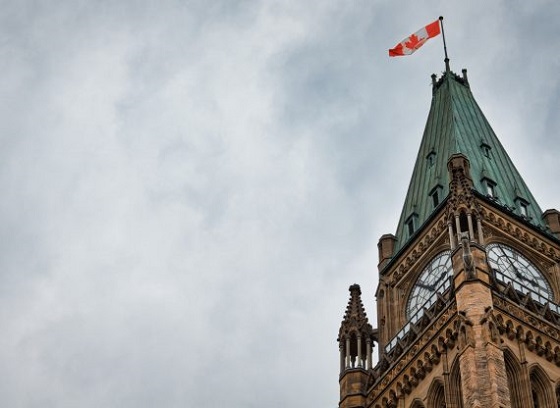Health
WHO member states agree on draft of ‘pandemic treaty’ that could be adopted in May
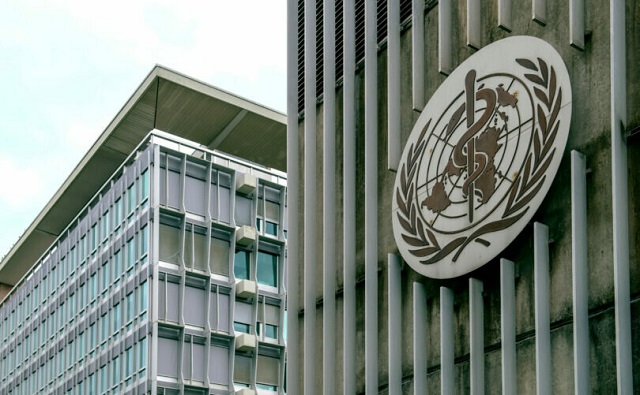
From LifeSiteNews
The WHO draft ‘pandemic accord’ includes data sharing between governments and pharmaceutical companies to develop ‘pandemic-related health products,’ though it would not apply to the US.
Representatives of WHO member states have agreed on a draft of the “pandemic accord” that is scheduled to be voted on next month.
“The nations of the world made history in Geneva today,” Dr. Tedros Adhanom Ghebreyesus, Director-General of the WHO, said after the member states agreed on the draft of the pandemic treaty on Wednesday.
“In reaching consensus on the Pandemic Agreement, not only did they put in place a generational accord to make the world safer, they have also demonstrated that multilateralism is alive and well, and that in our divided world, nations can still work together to find common ground, and a shared response to shared threats. I thank WHO’s Member States, and their negotiating teams, for their foresight, commitment and tireless work. We look forward to the World Health Assembly’s consideration of the agreement and – we hope – its adoption,” the WHO leader continued.
The agreement was reached by the Intergovernmental Negotiating Body (INB), the committee set up by the WHO to negotiate the treaty, after more than three years of negotiations.
According to the WHO’s press release, the core pandemic treaty draft includes the establishment of “a pathogen access and benefit sharing system,” allowing the sharing of data between governments and pharmaceutical companies aimed at quickly developing and supplying “pandemic-related health products” during a pandemic. These “health products” could be dangerous mRNA injections, similar to those rolled out and imposed on large parts of the world population during the COVID-19 crisis.
The WHO claims that the “proposal affirms the sovereignty of countries to address public health matters within their borders, and provides that nothing in the draft agreement shall be interpreted as providing WHO any authority to direct, order, alter or prescribe national laws or policies, or mandate States to take specific actions, such as ban or accept travellers, impose vaccination mandates or therapeutic or diagnostic measures or implement lockdowns.”
The WHO seems to be responding to critics of the Pandemic Treaty, who have argued it is a power grab by the WHO. It would give the global organization unchecked power whenever it declares that any health risk is a “pandemic.” However, the new draft has not yet been made public, making a thorough assessment impossible.
WHO director-general Ghebreyesus engaged in his typical fear-mongering, stating, “Virus is the worst enemy. (It) could be worse than a war.”
READ: WHO director Tedros calls for ‘more aggressive’ action against COVID shot critics
While the WHO pandemic treaty and the amendments to the International Health Regulations (IHR) failed to pass last year, the new version of the agreement could be passed by a two-thirds majority at the annual World Health Assembly (May 19-27, 2025) next month.
However, the U.S. was not part of the negotiations and would not be bound by the agreement since President Donald Trump withdrew the country from the international body in January 2025 after taking office for his second term. Argentine President Javier Milei announced in February that his country will also leave the WHO, following Trump’s example. If more countries were to leave the WHO, the pandemic agreement could be ineffective in practice, even if it were to pass in May.
armed forces
Why Do Some Armed Forces Suffer More Suicides Than Others?
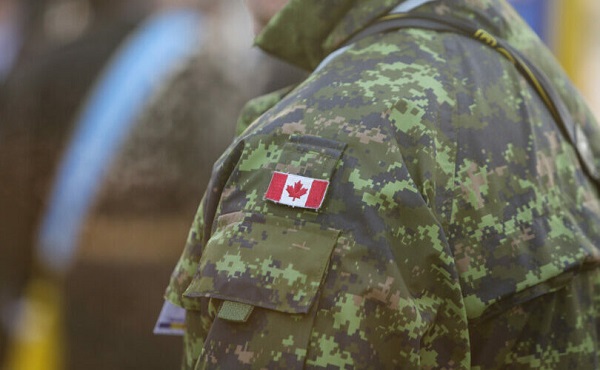
Any single suicide is an unspeakable tragedy. But public health officials should be especially alarmed when the numbers of suicides among a particular population spike. Between 2019 and 2023, the suicide rate across Canada fell from 12.3 per 100,000 to 9.5 per 100,000. U.S. numbers aren’t that different (although they’re heading in the other direction).
Holding public officials and institutions accountable using data-driven investigative journalism.
Against this context, the suicide rate among active Canadian military personnel is truly alarming. Data included in a 2021 Report on Suicide Mortality in the Canadian Armed Forces (CAF) showed that the three year moving average annual rate for suicides in all services of the CAF was 23.38 per 100,000 – around twice the national rate. Which, of course, is not to ignore the equally shocking suicide rates among military veterans.
This isn’t specific to Canada. All modern military communities have to worry about numbers like those. Officials in the Israel Defense Force – now hopefully emerging from their longest and, by some measures, costliest war ever – are struggling to address their own suicide crisis. But there’s a significant difference that’s probably worth exploring.
Through 2024, 21 active duty IDF soldiers took their own lives. This dark number has justifiably inspired a great deal of soul searching and, naturally (it being Israel), finger pointing. But the real surprise here is how low that number is.
It’s reasonable to estimate that there were 170,000 active duty soldiers in the IDF during 2024 and another 300,000 active reservists. If you count all of those together, the actual suicide rate is just 4.5 per 100,000 – which is less than half of the typical civilian suicide rate in Western countries!
Tragic. But hardly an epidemic. Those soldiers have all lost friends and faced battlefield conditions that I, for one, find impossible to even comprehend. And those 300,000 reservists? They’ve been torn away from their families, businesses, and normal lives for many months. Many have suffered devastating financial, social, and marital pressures. And still: we’re losing them at lower rates than most civilian populations!
Is there any lesson here that could help inform CAF policy?
One obvious difference is sense of purpose: IDF members are fighting for the very existence of their people. They all saw and felt the horrors of the October 7 massacres and know that there are countless thousands of adversaries who would be happy do it again in a heartbeat¹. And having a general population that overwhelmingly supports their mission can only help that sense.
But there are some other factors that could be worth noting:
- The IDF is unusual in that it subjects all potential conscripts to mandatory psychological screening – resulting in many exemptions.
- Small, stable units are intentionally kept together for years. In fact, units are often formed from groups who have known each other since their early school years. This cohesion also helps with post-service integration.
- Every IDF battalion has a dedicated officer trained in brief interventions and utilization rates are high.
Is there anything here that CAF officials could learn from?
Health
RFK Jr. urges global health authorities to remove mercury from all vaccines
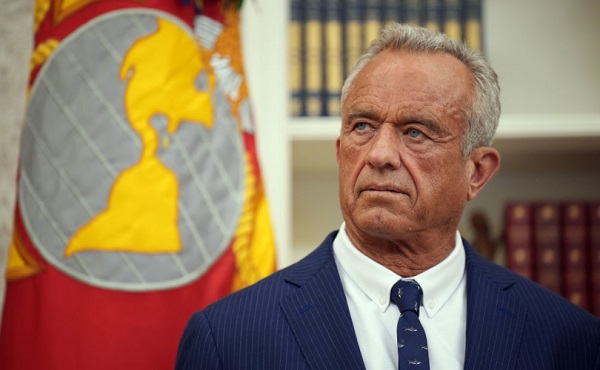
From LifeSiteNews
Health and Human Services (HHS) Secretary Robert F. Kennedy Jr. is urging health leaders across the planet to stop including mercury in vaccinations.
“Now that America has removed mercury from all vaccines, I call on every global health authority to do the same — to ensure that no child, anywhere in the world, is ever exposed to this deadly neurotoxin again,” he said.
Kennedy’s comments came in a video he recorded for the Minamata Convention on Mercury. The event is an international gathering aimed at preventing human contact with mercury, which, according to the World Health Organization (WHO), is one of the top 10 chemicals of major public health concern. The treaty, backed by the United Nations (UN), was first signed in 2013 by over 140 countries.
Kennedy noted that while the group’s goal is no doubt praiseworthy, it has not gone far enough in its efforts.
“Article 4 of the convention calls on parties to cut mercury use by phasing out listed, mercury-added products. But in 2010, as the treaty took shape, negotiators made a major exception. Thimerosal-containing vaccines were carved out of the regulation,” he recalled.
“The same treaty that began to phase out mercury in lamps and cosmetics chose to leave it in products injected into babies, pregnant women, and the most vulnerable among us,” he noted. “We have to ask: Why? Why do we hold a double standard for mercury? Why call it dangerous in batteries, in over-the-counter medications, and make-up but acceptable in vaccines and dental fillings?”
This past summer, Kennedy’s Advisory Committee for Immunization Practices launched a study to research the vaccine schedule for children. Among other recommendations, the committee advised the removal of thimerosal, a neurotoxic, mercury-containing preservative that had been used in flu shots.
Kennedy noted in his video message that “thimerosal’s own label requires it to be treated as a hazardous material and warns against ingestion,” adding that “there is not a single study that proves it’s safe. That’s why in July of this year the United States closed the final chapter on the use of thimerosal as a vaccine preservative, something that should have happened years ago.”
Kennedy further explained that thimerosal is “a potent neurotoxin, a mutagen, a carcinogen, and an endocrine disrupter” while noting that “safe alternatives” already exist.
“Manufacturers have confirmed that they can produce mercury-free, single dose vaccines without interrupting supply. There is no excuse for inaction or holding stubbornly to the status quo,” he exclaimed. “Now that America has removed mercury from all vaccines, I call on every global health authority and every party to this convention to do the same.”
“Let’s honor and protect humanity, and our children, and creation from mercury,” he concluded.
The Minamata Convention on Mercury went into effect in August 2017. It was initially approved by the Intergovernmental Negotiating Committee in Geneva, Switzerland, in January 2013. It was adopted in October 2013 at a Diplomatic Conference in Kumamoto, Japan. Per its website, it is named “after the bay in Japan where, in the mid-20th century, mercury-tainted industrial wastewater poisoned thousands of people, leading to severe health damage that became known as the ‘Minamata disease.’”
-

 armed forces23 hours ago
armed forces23 hours agoIt’s time for Canada to remember, the heroes of Kapyong
-

 Daily Caller2 days ago
Daily Caller2 days agoMcKinsey outlook for 2025 sharply adjusts prior projections, predicting fossil fuels will dominate well after 2050
-

 Business2 days ago
Business2 days agoTrump: Americans to receive $2,000 each from tariff revenue
-
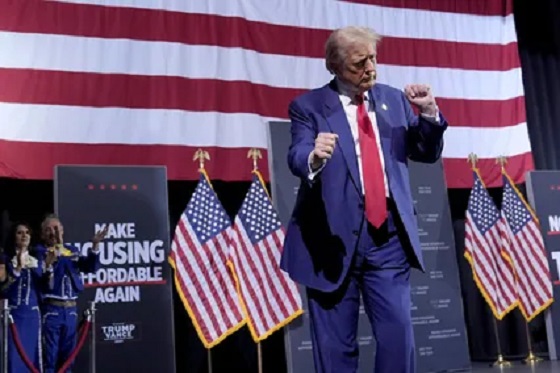
 Housing2 days ago
Housing2 days agoTrump advancing 50-year mortgage to help more Americans buy homes
-

 Business1 day ago
Business1 day agoCarney’s Floor-Crossing Campaign. A Media-Staged Bid for Majority Rule That Erodes Democracy While Beijing Hovers
-

 Agriculture2 days ago
Agriculture2 days agoFarmers Take The Hit While Biofuel Companies Cash In
-

 Business11 hours ago
Business11 hours agoLiberals refuse to disclose the amount of taxpayer dollars headed to LGBT projects in foreign countries
-
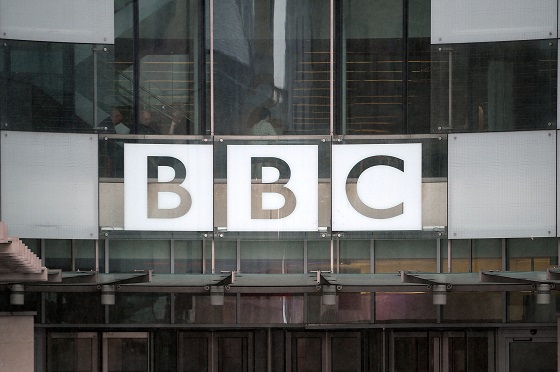
 International2 days ago
International2 days agoBBC boss quits amid scandal over edited Trump footage






